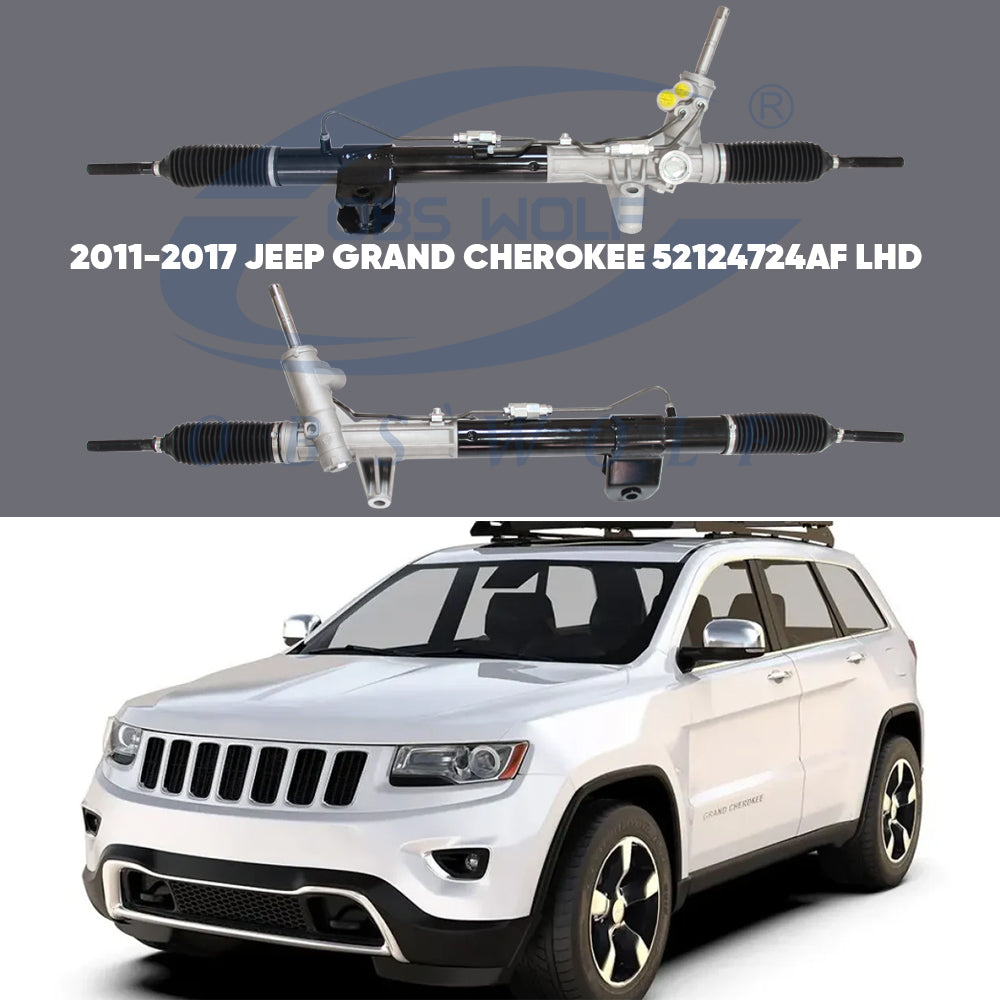
When the temperature drops, your vehicle's steering rack faces unique challenges. The main enemy? Moisture that turns to ice and thick, sluggish power steering fluid. This can lead to a stiff steering wheel, strange noises, and even internal damage. Here are the essential, no-nonsense tips to protect it.
1. Check and Replace Power Steering Fluid
This is the most critical step. Old fluid absorbs moisture and breaks down, performing poorly in the cold.
Action: Before winter, check the fluid level and condition. If it's dark, discolored, or smells burnt, replace it. Use the type of fluid specified for your vehicle. Fresh fluid flows easily, reducing strain on the system.
2. Inspect for Leaks
Small leaks become big problems in freezing weather. Leaking fluid can allow moisture into the system, and the cold can cause existing seals to shrink and leak more.
Action: Look under the vehicle for any signs of fluid dripping from the steering rack or hoses. Address any leaks immediately before the deep cold sets in.
3. Protect the Boots
The rubber boots at each end of the steering rack keep dirt and moisture out. If they are cracked or torn, road salt and water can get in, leading to corrosion and ice formation inside the rack.
Action: Visually inspect these boots for any damage. Replace them if they are compromised. This is a simple, effective defense.
4. Warm Up the Vehicle Properly
Don't just start the car and immediately crank the steering wheel hard.
Action: Let the engine run for a few minutes. This allows the thicker, cold power steering fluid to warm up and circulate. Begin driving gently, making slow, smooth steering inputs for the first few minutes.
5. Keep it Clean
Road salt and grime accelerate corrosion on the steering rack's external components.
Action: When you wash your vehicle, make sure to spray underneath to rinse off salt and debris from the steering rack area.
Final Tip: If you hear unusual groaning or grinding noises when turning the wheel in the cold, have the system inspected promptly. Early attention prevents more serious damage. A few simple checks can ensure your steering remains responsive all winter long.